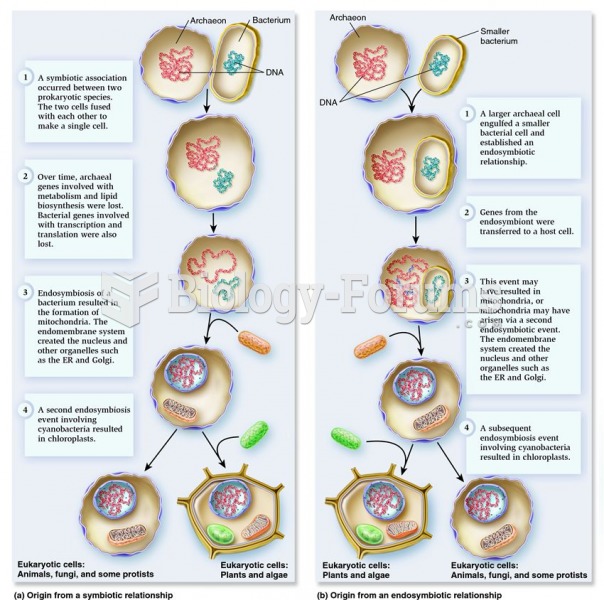This topic contains a solution. Click here to go to the answer
|
|
|
Did you know?
In inpatient settings, adverse drug events account for an estimated one in three of all hospital adverse events. They affect approximately 2 million hospital stays every year, and prolong hospital stays by between one and five days.
Did you know?
Approximately 500,000 babies are born each year in the United States to teenage mothers.
Did you know?
Serum cholesterol testing in adults is recommended every 1 to 5 years. People with diabetes and a family history of high cholesterol should be tested even more frequently.
Did you know?
There are more nerve cells in one human brain than there are stars in the Milky Way.
Did you know?
The average office desk has 400 times more bacteria on it than a toilet.







